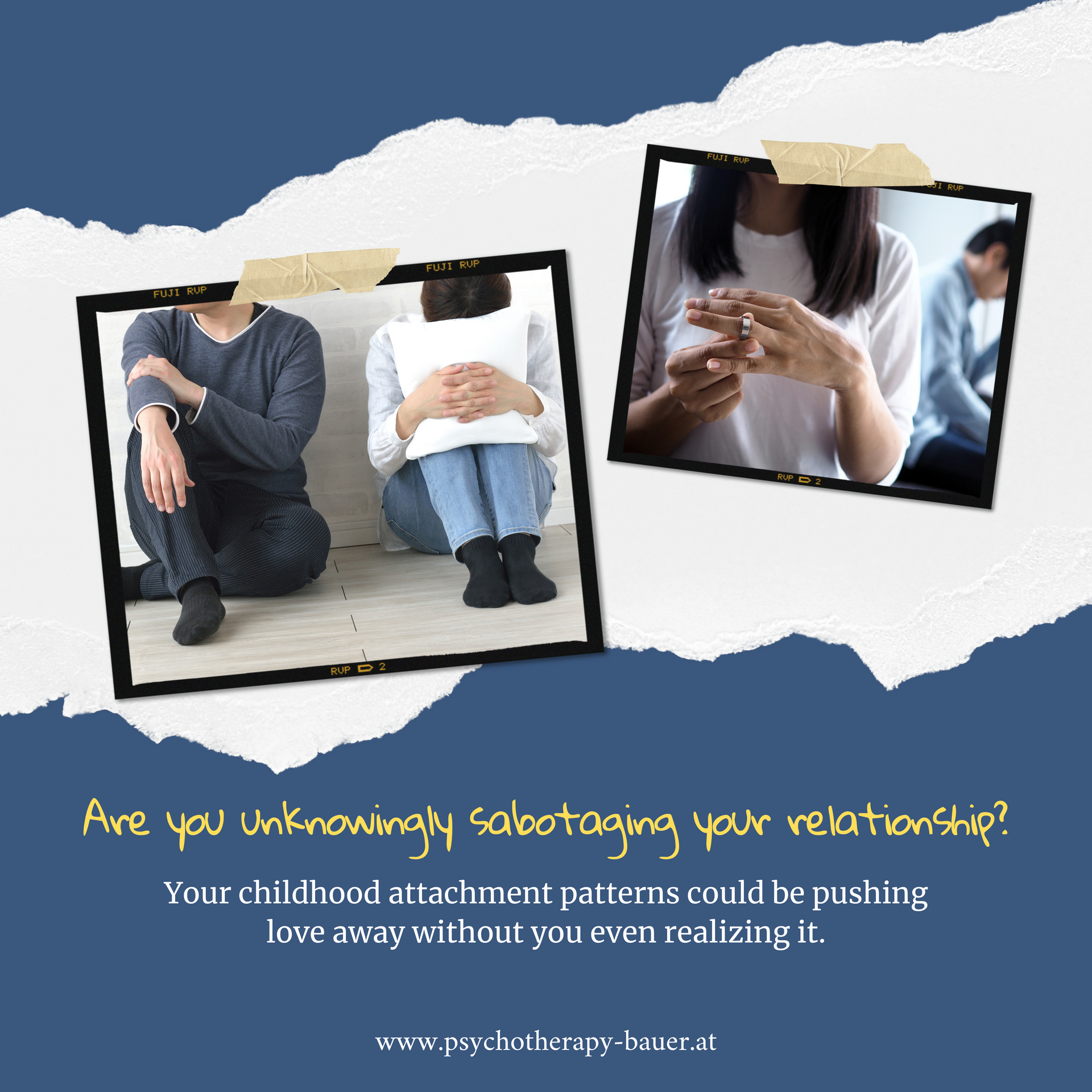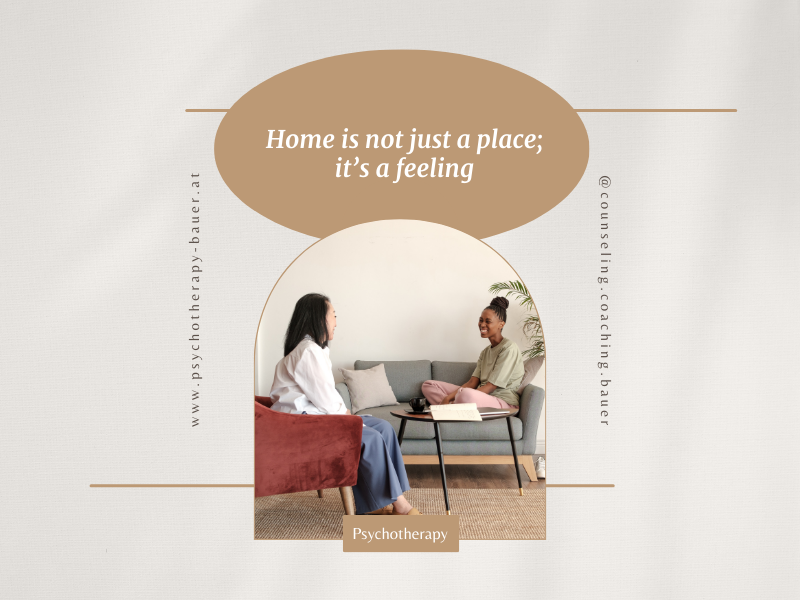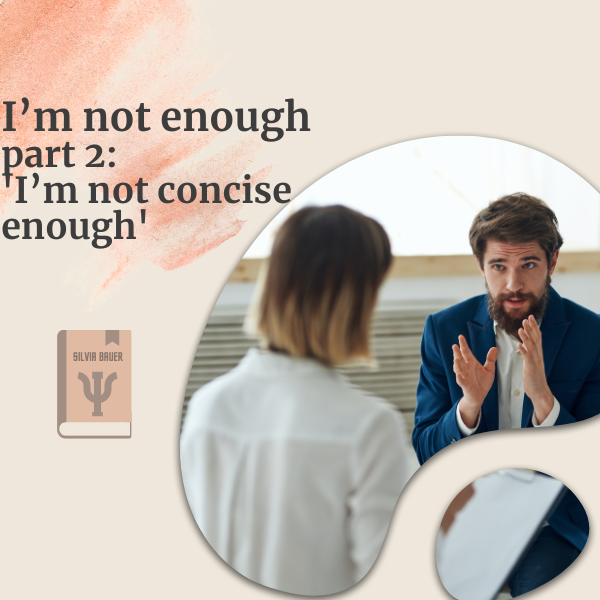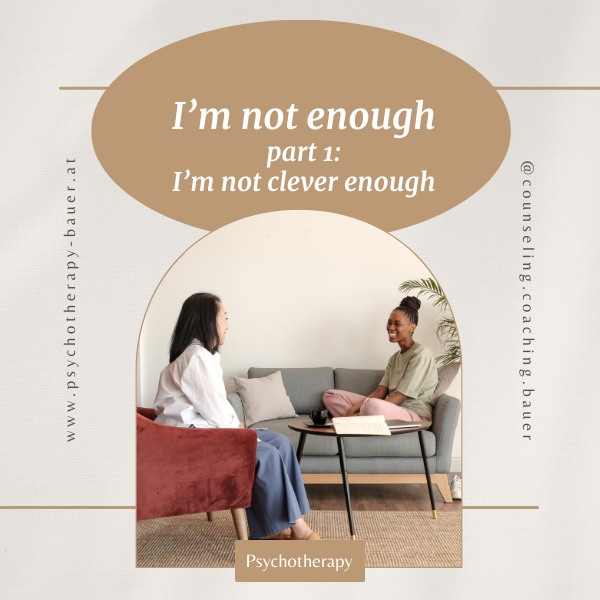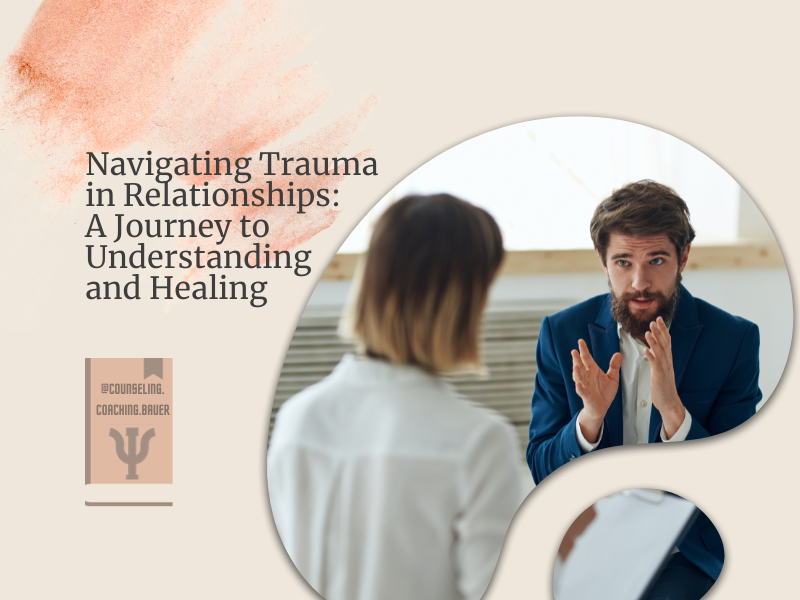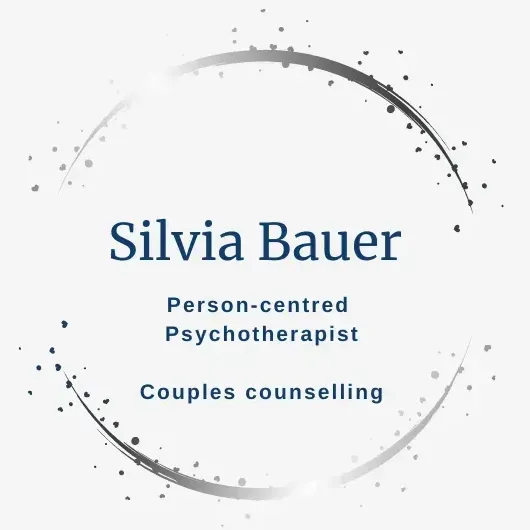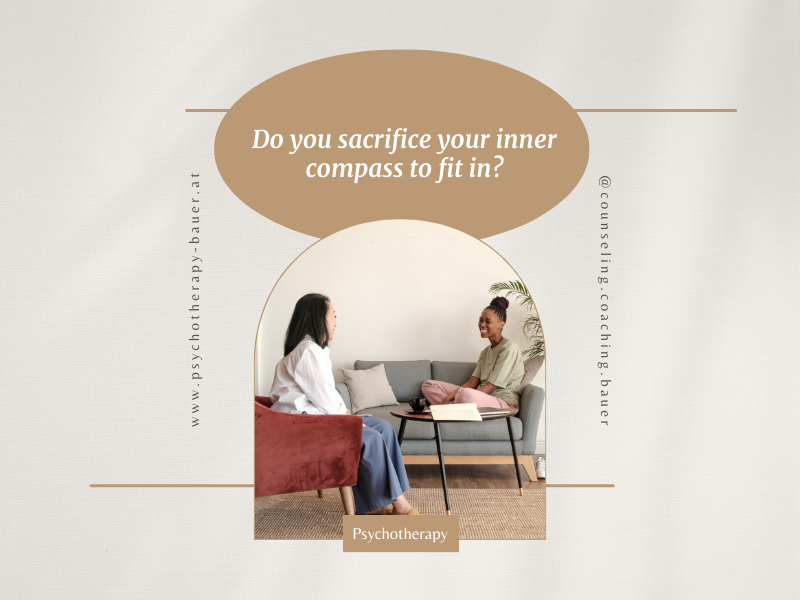Navigating Cultural Integration: Embracing the Seemingly Small Details
Part 1: The integration problem
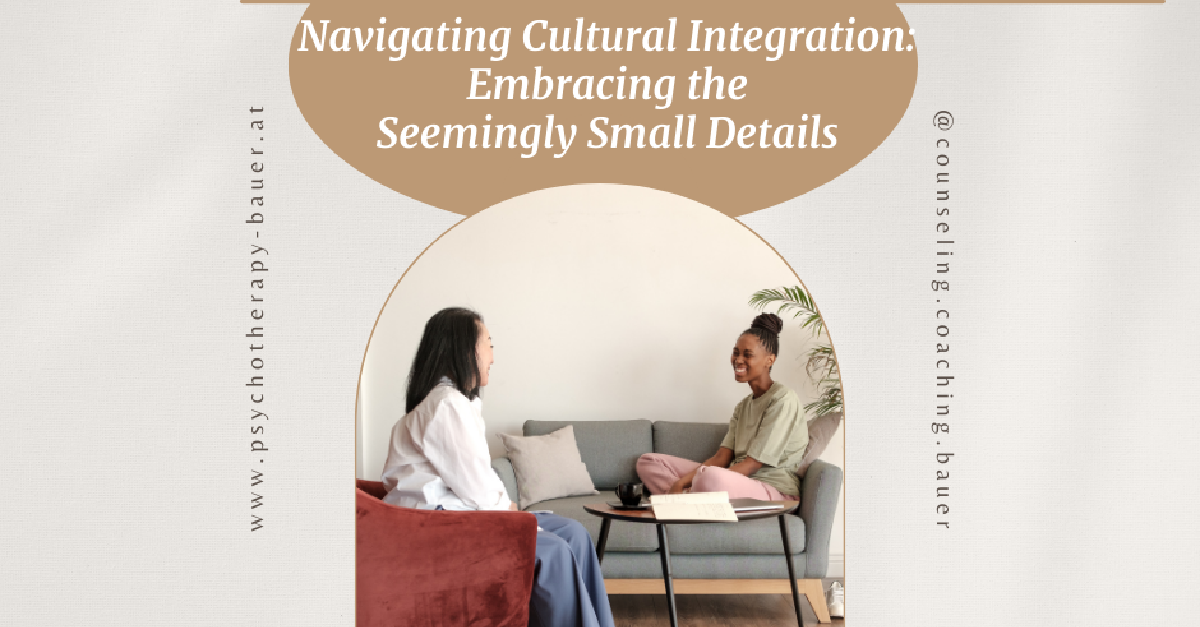
The hidden challenges of cultural juggling
The peculiar thing about this topic is that it’s often not very obvious. One of the reasons might be that it exceeds the lifespan of humans, and therefore the historical and individual perspectives are overlapped. Another is that integrating into another culture is often hard to handle and, in some way, always connected to loss and pain. From a historical perspective, emotions are usually entangled with hierarchies. It’s strange, but did you realize that there are plenty of hierarchies in the world of incommensurable qualities? Most obviously, there’s a first world, a second world, and a third world. And though those concepts might do their job in terms of rating specific qualities, humans tend to overgeneralize and simplify towards being superior and more valuable, one above the other. Just to become aware of the problem, you might be familiar with different dimensions of diversity: there are religions, races, ethnicities, genders, languages, etc., all stuffed into power and value hierarchies.
Zooming into my counselling room, a client identifies parts of herself as a “second-class foreigner”. Isn’t that sad and perfectly true at the same time? It’s a painful truth that's hard to stand by, and it's understandable to avoid and neglect it.
So, on an individual level, the burning question is: how do we handle our qualities that are causing pain, disadvantages, and discrimination, most likely not just for ourselves but generations ahead?
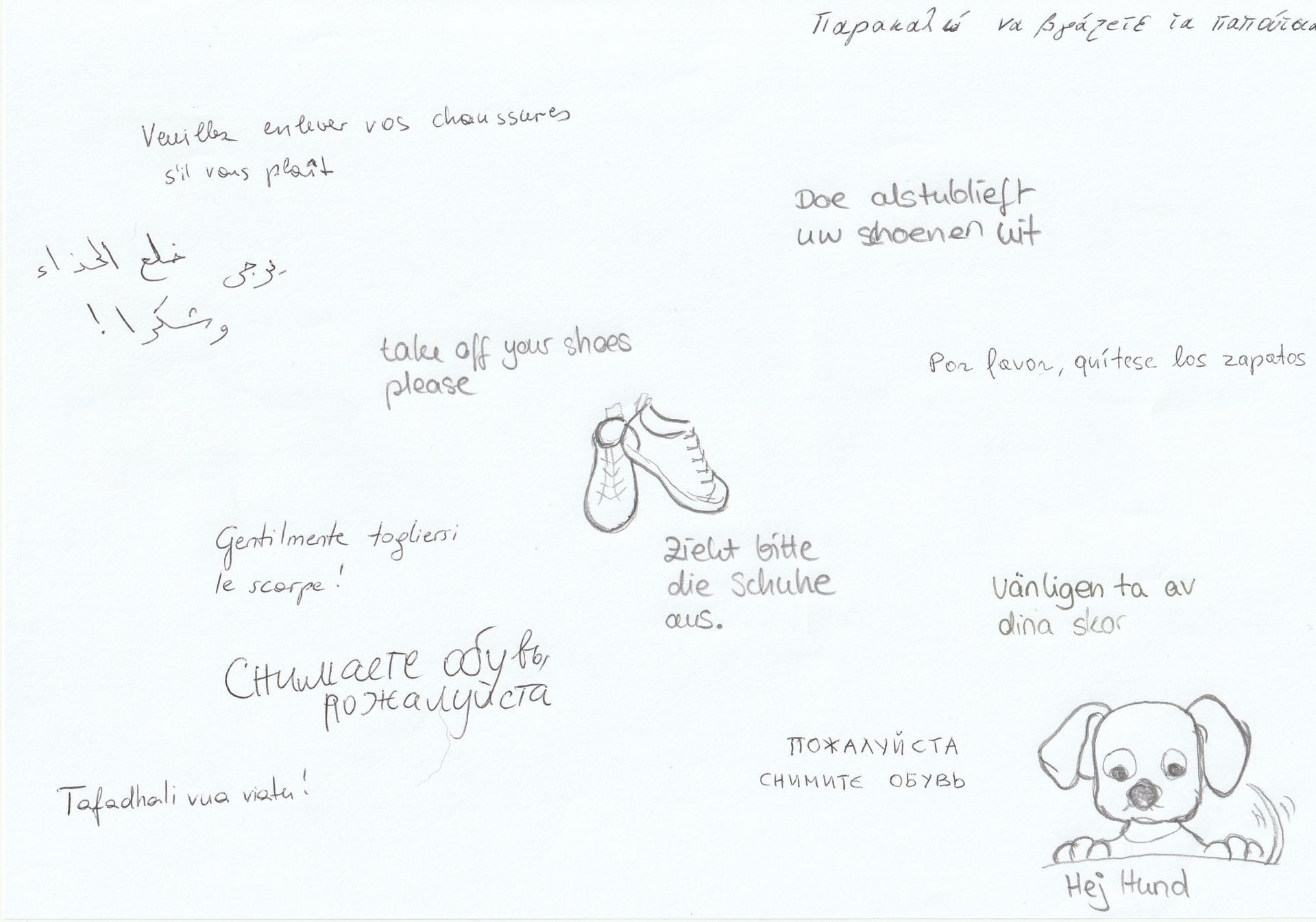
Unveiling the Layers: Understanding the Dynamics of Diversity
Within each pain, there is a gift. We don’t get to choose the topics we’re dealing with, but we can choose how we bring our qualities to the world. Can you relate to the pain that comes up when you try to touch your hiding qualities? Maybe you are pretty Austrian, but when you’re visiting family abroad, you’re just not that sure anymore where to belong. There’s a possibility of neglecting the question of identification and moving on with life. But this strategy comes at the cost of neglecting part of your identity. And in a space where no obvious concepts are available, there’s room for creative solutions to occur. Occur sounds most inappropriate because it’s hard and painful work to develop and integrate those powerful qualities. The good news is that the more you’re suffering, the more energy you have to put things into perspective and bring a highly valuable gift to your life and the world.
On the downside, when neglecting and hiding the pain and living "just" on the accommodating side, it will not only take a chance in your individual life to feel more integrated and balanced but also make it hard to create lasting relationships because you’ll notice that at least one part is always lacking attention and seeking a suitable environment elsewhere. It’s like keeping a secret, not just from yourself, but from your partner as well.
As John Gottmann puts it, relationships are always intercultural experiences. That means all intimate relationships will eventually bring cultural topics to the table, and there’s no way to resolve them unless both partners are willing to open up about their unique cultural perspective.
Confronting Pain and Discrimination
The way to healing and truth most often requires diving into the pain. Discovering your cultural identity most often means facing personal memories of bullying and discrimination, as well as your family and ancestors' painful history that led to converging different cultures. On this journey to wholeness and integration, war, loss of home and loved ones, poverty and existential fears, and feeling lonely, excluded and inadequate are just some of the most common challenges people face.
As you’re reading this, you’re most likely somewhere on this path. It’s a journey that takes time, as the Bible says, over three or four generations. I’m not sure if there’s a way to measure the longitude. But it helps to put things into perspective: in the case of cultural identity, we’re by very nature dealing with intergenerational trauma. Therefore, by finding your way and evolving your managing qualities for your trauma, you’re also taking part in healing your family's history and heritage. You see, that’s a big task, and you’re not expected to come up with a quick-fix solution, nor are you supposed to or urged to solve it all by yourself.
Supportive relationships will always do their job
We can untangle those struggles in the counselling room and as soon as you can open up about your foreign qualities, you’ll notice plenty of people who are in the same boat as you are and ready to support you.
Even beyond the people who can relate to your life topic of cultural integration, some people have experienced the struggles of diversity in other dimensions and are open to collaborating, cooperating and supporting you in finding yourself and your place in the world.
Some people solemnly live in their dominant culture. And some of them still value and appreciate cultural diversity, as every time we’re faced with differences, we’re becoming more aware of ourselves.
Have you ever noticed how many people are open to joining and supporting you on your journey towards cultural integration and wholeness?
Conclusion
In delving into the intricate subject of cultural integration and identity, we've explored the deeply personal journey of reconciling diverse traditions, identities, and histories. From the subtle nuances of everyday life to the painful truths hidden beneath societal hierarchies, each step toward understanding brings us closer to a sense of belonging and wholeness.
Yet, this journey inevitably brings up challenges. Confronting the pain of discrimination and disadvantage requires courage and resilience, as we navigate through intergenerational traumas and societal expectations. It's a journey that spans generations, requiring patience, compassion and support.
However, amidst the struggle, there is also hope. By embracing our unique cultural identities and sharing our stories, we find strength in unity and solidarity. Whether in the counselling room or within supportive relationships, or both, we discover a community of individuals who share our experiences and are ready to stand beside us on our journey toward integration.
In closing, I feel grateful to those who have stood beside me on my journey toward integration; your support and understanding have been invaluable every step of the way.

